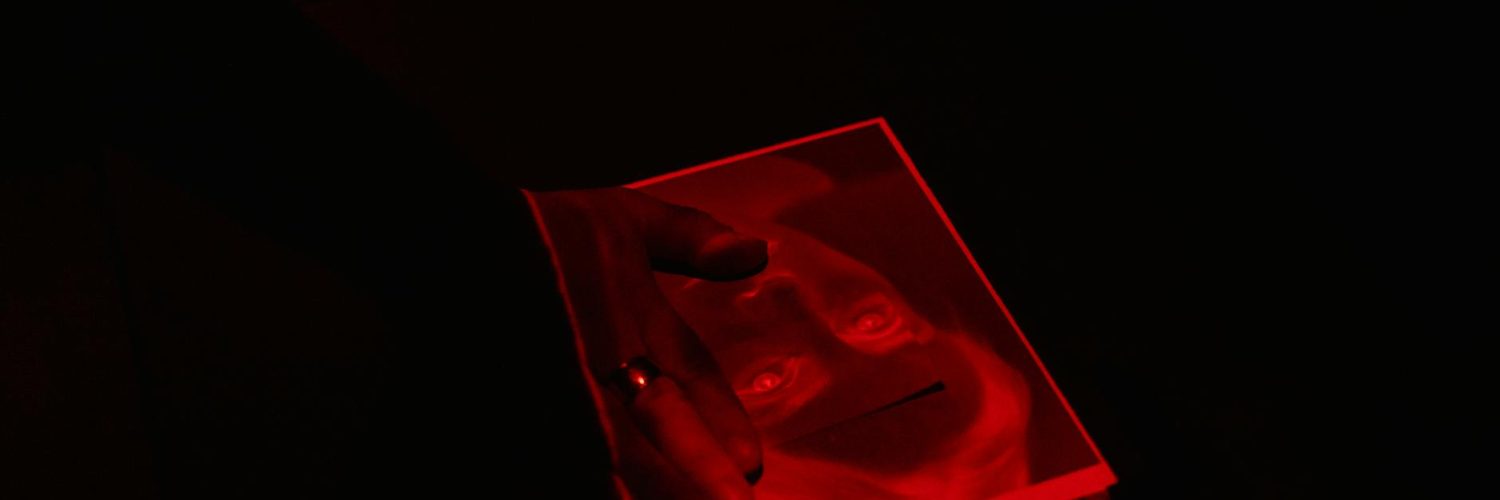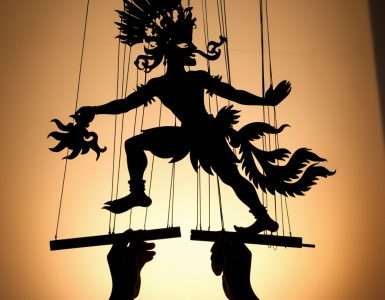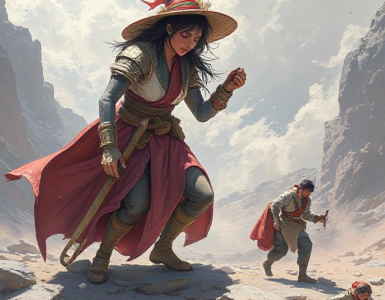Ever noticed how certain colors in a movie consistently evoke a specific emotion? Or how a musical motif can subtly foreshadow a plot twist? We consume entertainment and art passively, often missing the intricate details that go into crafting these experiences. Let’s peel back the curtain and explore some fascinating overlooked aspects.
The Psychology of Color in Film
Think about the classic horror films – think of the chilling use of deep blues and ominous blacks, creating an atmosphere of dread and suspense. This isn’t accidental. Filmmakers use color psychology strategically. Bright yellows can convey happiness or warning, while muted greens might hint at decay or unease. Even the saturation level plays a role – a highly saturated scene can feel intense and dramatic, whereas a desaturated scene can appear melancholic or nostalgic. Think about the difference between the vibrant colors of a Pixar film and the muted tones of a neo-noir movie like Blade Runner. The color palette directly impacts the mood and emotional response of the viewer. It’s a silent language that speaks volumes.
Musical Motifs and Foreshadowing
In film scoring, a musical motif is a short, recurring melodic phrase associated with a specific character, object, or idea. These motifs can be incredibly subtle, yet they carry immense weight. For instance, in Bernard Herrmann’s score for Alfred Hitchcock’s Psycho, the strings’ shrieking and stabbing notes instantly evoke tension and impending doom. But think further – composers often use motifs to foreshadow events. A motif initially associated with a seemingly benign character might reappear in a darker context later, hinting at their hidden nature. It’s like a musical Easter egg, only instead of a prize, you get a chilling prediction. Listen carefully next time – you might be surprised at what you pick up.
The Unexpected Power of Mise-en-scène
Mise-en-scène, a French term meaning “placing on stage,” refers to everything visible within the frame of a film – the set design, costumes, lighting, and actor placement. It’s not just about the background; it’s an active participant in storytelling. A cluttered room might reflect a character’s internal chaos, while a sparsely furnished one might suggest loneliness or minimalism. The angle of the camera, the lighting used, even the color of an object – all contribute to the overall meaning and emotional effect. Think of the use of stark lighting in film noir – it’s not just about visibility; it’s about creating an atmosphere of suspicion and mystery.
Hidden Symbolism in Visual Art
Moving beyond film, let’s delve into visual art. Often, we focus on the surface beauty, but there’s often a deeper layer of symbolism hidden within masterpieces. Think of the symbolism in Renaissance paintings – religious iconography, allegories, and hidden messages woven into the details. Even seemingly simple still lifes can contain deeper meanings. The placement of objects, the choice of fruits or flowers, can symbolize concepts far beyond the literal depiction. Consider Van Gogh’s sunflowers – are they just sunflowers, or do they represent something more profound about life, death, and the artist’s own emotional state? The interpretation is open, but the symbolism is there. How to Create Digital Art as a Beginner
The Influence of Social Commentary in Pop Culture
Pop culture, from music to movies, often acts as a mirror reflecting the societal anxieties, aspirations, and upheavals of its time. Think about the protest songs of the 1960s, reflecting the counterculture movement and the Vietnam War. Or consider the dystopian themes prevalent in many recent films and television shows – a reflection of anxieties surrounding technology, surveillance, and social control. These aren’t just entertaining narratives; they’re social commentary, often cleverly disguised as fiction. It’s this engagement with social currents that gives pop culture its longevity and resonance. Even something as seemingly lighthearted as a sitcom can offer insightful commentary on societal norms and expectations.
The Evolution of Artistic Styles
Artistic movements don’t emerge from a vacuum. They are a response to social, political, and technological changes. Impressionism, for example, was a direct reaction against the rigid academic style prevalent in 19th-century France. The Impressionists embraced spontaneity, capturing fleeting moments and emphasizing light and color in a way never seen before. Similarly, the rise of Cubism was influenced by the fragmentation of society during World War I, reflecting the shattered world view of the time. Understanding the historical and cultural context of an artwork enhances our appreciation and enriches our understanding of its significance.
The Unsung Heroes of Creative Processes
Finally, let’s acknowledge the often-overlooked individuals behind the scenes. Filmmaking isn’t just about directors and actors; it’s a collaborative effort involving countless individuals – cinematographers, editors, sound designers, costume designers, and many more. Similarly, in the music industry, producers, engineers, and session musicians play crucial roles shaping the final product. These are the unsung heroes who bring artistic visions to life. Without their expertise and dedication, the end result wouldn’t be the same. Paying attention to the credits and understanding the different roles involved can deepen our appreciation for the art form.
In conclusion, whether it’s the subtle use of color in a film, the emotional resonance of a musical motif, or the hidden symbolism in a painting, there’s a wealth of fascinating details often missed when we consume entertainment and art. By paying closer attention to these details, we engage with these mediums on a deeper level, enriching our experience and deepening our understanding of the creative process.























Add comment